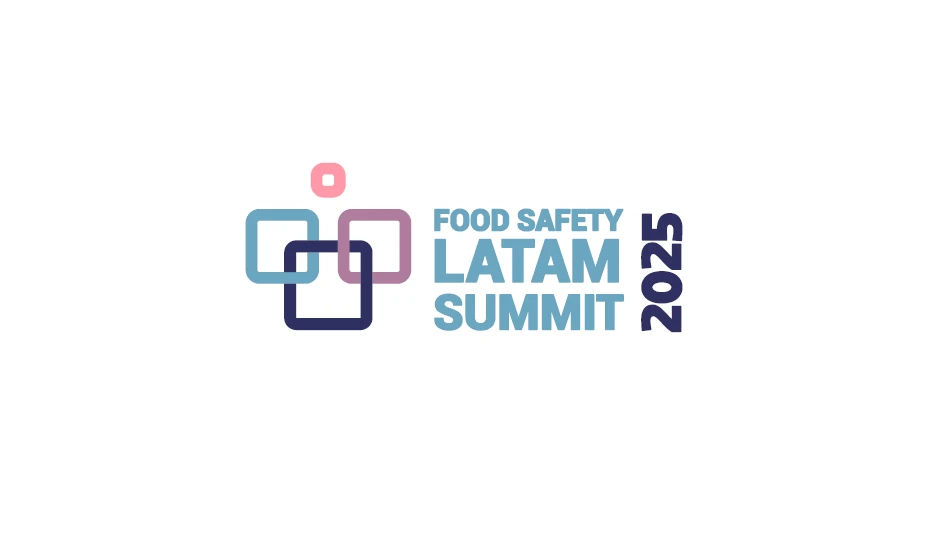Editor’s note: This article first appeared in “Valley View,” the Sholl Group/Green Giant Fresh monthly newsletter.
I often get asked about the shelf life of fresh produce from people who are not familiar with the intricate interplay of variables involved in the arrival of fresh produce products in the local supermarket.
SHELF LIFE NOT FIXED. In most segments of the food industry, product shelf life is a reasonably fixed value for any given product. Loaves of bread, bags of cookies and boxes of dry cereal all have rather predictable shelf lives as long as the same ingredients and processes are used to manufacture them. The key, of course, is that these products are manufactured from various ingredients that have a compositional specification with fairly narrow limits on important parameters. Products manufactured using the specified ingredients in the specified process have very high odds of making the advertised shelf life.
Once the product has left the producer’s control, there is little that distributors and retailers can do to reduce the shelf life. Of course, storing bread and other fresh bakery products in a cold environment will result in rapid staling and storing dry cereals in extremely warm conditions for an extended period of time may result in some increase in lipid oxidation with associated rancid flavors. But, in general, distribution and retail environmental conditions have little effect on the shelf life of most food products.
SELECTED, NOT MADE. Fresh produce, on the other hand, is selected not manufactured. On any given day, a fresh produce operator has a limited quantity of product from which to choose as orders are filled for various customers. Produce managers often suggest that certain lots of fresh produce not be sent to distant customers because the produce won’t make it to arrival. They recognize that shelf life of fresh produce is influenced by numerous factors, many that are not under their control.
For example, lettuce picked Monday morning from Field A may not have the same shelf life potential as lettuce picked on Tuesday from Field B. In fact, lettuce picked Monday morning may differ to some degree from lettuce picked Monday afternoon from the same field. Different shelf life potential is also found within fresh produce from different plant varieties grown in different geographical areas during different seasons of the year. Fresh produce shelf life is further complicated by post-harvest factors such as time between harvest and cooling, effectiveness of cooling, and maintenance of the cold chain.
With all the variables involved in the production and delivery of fresh produce it is nearly impossible to estimate the shelf life for all possible combinations of events. When asked about shelf life, my approach is to ask the interested person to tell me the percentage of product that should make the suggested shelf life for what percentage of time. If the answer is that all of the product should make the specified shelf life all of the time, then I suggest a very short shelf life, usually less than a week, for most fresh produce. On the other hand, if the person answers that 95 percent of the product should make shelf life 95 percent of the time, then a slightly longer shelf life can be suggested. For a more reasonable “real world” estimate, I generally suggest that if 90 percent of the product makes the advertised shelf life 80 percent of the time, then things are probably working as expected.
The author is Vice President of Operations, the Sholl Group II.
Latest from Quality Assurance & Food Safety
- FDA Foods Coalition Urges RFK Not to Cut More Resources, Staff
- Bird Flu: What FSQA Professionals Need to Know
- Registration Open for 129th AFDO Annual Educational Conference
- Frank Yiannas, Aquatiq Partner to Expand Global Reach of Food Safety Culture
- World Food Safety Day 2025 Theme: Science in Action
- Ancera Launches Poultry Analytics System
- USDA Terminates Two Longstanding Food Safety Advisory Committees
- Catalyst Food Leaders Announces Virtual Leadership Summit for People in Food





